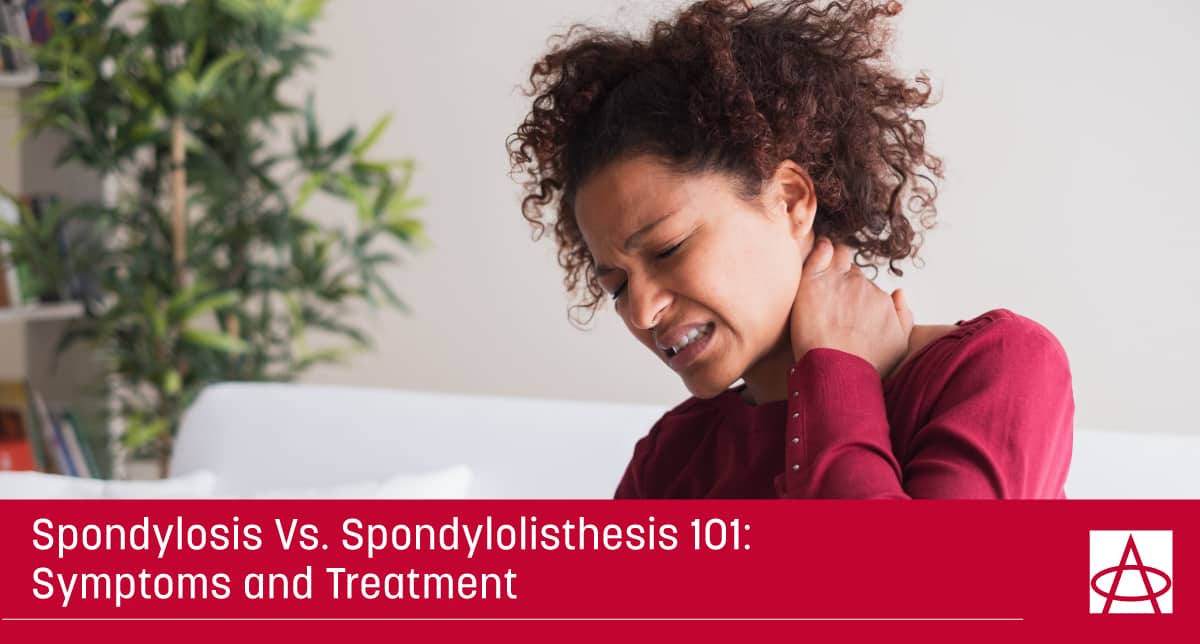
The Importance of Ritual in Chronic Pain
Written by Kira Gavalakis
Interviewee: Robin M. Hendershot, LPC
At APC, we say, “the pain stops here.”
But many might not know that means even beyond the walls of the clinic. It’s clear to me that APC shows such an involvement and dedication in giving their patients the agency to manage their pain both inside and outside of the clinic walls.
Below, I speak with Robin Hendershot, LPC, about how she helps manage patients’ pain beyond the office, and the importance of creating rituals when dealing with chronic pain.
Firstly, are there natural ways to help alleviate pain when we’re at home?
There are a lot of tried and true ways of naturally managing pain. One tool that I often suggest is practicing deep breathing.
Regardless of a patient’s pain level, deep breathing is a really powerful tool for managing pain.
To start, when doing therapy with patients, I’ll have them firmly place their feet on the ground, relax their shoulders down, place their hands on their belly, and focus on taking deep and calming breaths in and out.
This does a couple of things to the body.
First, it helps quiet the mind, focusing on the act of breathing instead of the pain, which is often where their mind is at.
Secondly, it helps trigger the body to release tension, which can actually serve as a tool of decreasing pain levels all on its own.
In fact, deep breathing affects the entire nervous system, calming down muscles, releasing tension, and therefore releasing pain that’s often held in that tension. It’s kind of an endless cycle; with pain comes tension, with tension comes more pain, and deep breathing helps reduce this.
Shifting focus is a great way of shifting focus from pain. For those who find deep breathing helpful, I encourage patients to practice deep breathing techniques even when they’re not experiencing pain, so they can get used to the feeling when tension arises.
Is deep breathing the only way to help with chronic pain?
Now for some patients, deep breathing can actually cause a lot of anxiety. Sitting down and taking space to slow down actually makes them more nervous and tense. For these patients, they need a more active coping mechanism and calming strategy, like exercise or cleaning the house.
Just like deep breathing, cleaning around the house helps patients get their mind off the pain and onto something else; in this case, something that requires activity and focus.
But something even more unique about cleaning or organizing when coping with chronic pain is that it gives patients a sense of control over their environment.
See, if anyone reading this is currently dealing with chronic pain, you probably know that familiar feeling of not being in control of your pain; when particularly rough moments are going to happen, how long they’re going to last, and how intense it’s going to be. You probably feel like your life isn’t going the way you wanted it to, and that you’re not able to take back certain activities that you loved because of your pain.
Focusing on the space around us and finding what we can control in it is a productive way of combating what we can’t control. Naturally, it gets our minds off of internal sensations, and instead externalizes our realities so we can do what we want with the space we’re in.
What’s the role of ritual in chronic pain?
For many people, doing enjoyable things might help temporarily with pain. But it’s important to distinguish activities that are both enjoyable and healthy, and activities that you should stay away from when dealing with chronic pain.
It might not surprise you that we don’t recommend eating fast food or eating means that are high in fat or sugars. I know, comfort food is sometimes all we’re craving. But we all know that after that initial spike, we’ll drop and feel worse than we did before.
Now, this isn’t as much of a food suggestion as it is a topic that we’re going to talk about in just a second. I have patients who buy themselves a special tea cup. Yes, a tea cup!
When they’re having a particularly painful experience that day, they’ll practice an important coping mechanism in managing your pain daily: ritual.
There’s ritual in other things, like that teacup example. Taking out the teacup, heating up the water, seeing the water boil, picking out a tea bag, pouring the water, and dipping the bag in the water, watching it turn to a deep color and seeing the steam rise up to the ceiling, sitting quietly looking out the window or on the porch.
Part of relief isn’t just taking pills; it’s creating rituals for ourselves to get our minds off of the pain, our muscles less stiff, and our attention on something healthy, familiar, and that we can control.
What’s the importance of ritual with chronic pain?
With ritual, we’re something that they often don’t have– control.
When we’re frustrated with our bodies, we sometimes get angry at it for not doing what we want it to. Sometimes we neglect our body, and even punish it with bad food and minimal sleep. What I encourage instead is exercising loving kindness– no matter how hard it might seem.
Sometimes we even catastrophize pain, which means that we start identifying every part of our bodies as painful, even when it’s only one part. As a medical professional, I’m not here to downplay any pain. Rather, I want patients to really understand where their pain is coming from– and where it’s not coming from. We do this through body scans and keeping a kind dialogue towards our bodies as we do so, so we can identify pain for what it is and relaxation for what it is, too.
Practicing self-appreciation starts bringing your attention back towards what you have in your power; seeing what you’re capable of doing instead of seeing what you can’t.
Think for a second– can you imagine what you’re not happy with in your life right now? Your job, your body, your house? I hear people name off long lists of things they’re unhappy with.
Now think about what you’re happy about. What do you love about your life? What wouldn’t you change, and what do you have the power to change yourself? That’s when ritual comes in. First, establishing what makes you happy. Then, using ritual to practice it.
Here’s a quick example:
I’ve had patients who’ve spent all their lives gardening, only now to feel hopeless with no ability to bend over and feel the dirt in between their fingers. What I try to solve is how we can implement a similar ritual while meeting them where they’re at, like recommending a tabletop garden.
—
There’s a big importance of the role of ritual in chronic pain, and attention to how we’re treating our bodies. When we can start seeing what we’re grateful for about our bodies, we’re one step closer to managing our pain outside of our regular doctor’s visits.
If you resonated with some of the issues about chronic pain in this article, reach out to us today. At APC, the pain stops here at the clinic, and here in your home.






